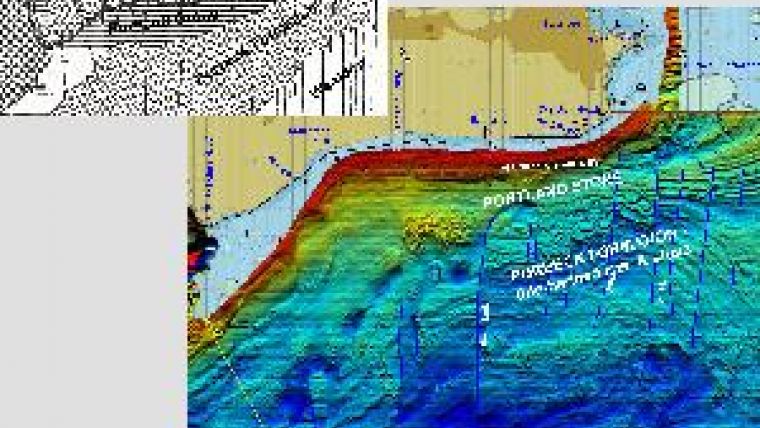Marine and Coastal Mapping and Planning
Marine Spatial Data Infrastructure as Backbone for Coastal Mapping
Marine Spatial Data – all information about the marine environment that has a positional attribute – has been the business of everyone involved with hydrography since the first survey was presented on a paper chart many hundreds of years ago. Anyone involved with hydrography has long understood the importance of managing such data efficiently, and making it usefully available to end-users, whether they be mariners, oil companies or the scientific community. Increasingly today, all forms of spatial data are also becoming interesting to planners and government organisations at local, national, continental (European) and international levels.
In Europe, the development of marine planning is now well established, with the first two Marine Planning Zones in the UK having been recently announced (in the North Sea on the Eastern Coast). Concurrently, the implementation of the UK's Marine and Coastal Access act has further raised the profile of marine planning and management - both activities which require extensive and accurate information (data) about the marine environment if they are to be effective. Other initiatives, such as the European INSPIRE Directive of May 2007, are establishing management frameworks for spatial information to support Community environmental policies, and policies or activities which may have an impact on the environment.
Spatial Data Infrastructure (SDI) describes the institutional arrangements, standards and information systems and services which govern and facilitate the management of spatial data. It is as relevant to the marine sector as it is elsewhere and the topic has attracted considerable attention within our industry. This was demonstrated by the very strong attendance at a seminar on Marine SDI organised by the Southern Region of the Hydrographic Society UK during October 2009 (see website 1 for the proceedings of that event). It was clear from the seminar that MSDI is not only relevant to hydrographers and government planners - many sectors have an interest in marine spatial data, whether they are data users, data providers, or data managers. However, many of the new practitioners may have little or no professional experience in marine or even data management environments.
Recognising the wide range of experience, knowledge and requirements of all those now involved in Marine SDI, a number of UK based professional associations opened discussions about the possibility of forming a formal group to provide a focus for everyone involved. The outcome was the formation of a joint ‘Marine and Coastal Mapping and Planning Special Interest Group' jointly run by the Institute of Marine Engineering, Science and Technology (IMarEST) and the Association for Geographic Information (AGI). Its aim is to provide a strong collective professional voice in the UK and wider international marine geographical information community to:
•Influence change and promote the creation and robust management of marine geographical information for the benefit of all members
•Highlight the importance of mapping and planning as a common theme linking marine, terrestrial and cross-sectoral interests.
This group was formed following an inaugural meeting on the 27 July 2010, which was attended by representatives of both IMarEST and AGI, as well as representatives from a number of other professional bodies, and mapping charting and planning organisations. The vision is to create a more powerful voice for marine geographical information professionals in the national and international community through forging closer links with like-minded societies and professional bodies.
IMarEST and AGI have agreed to work together to promote marine geographical information on a national and an international basis and to enhance members' services and bring cohesion and improved recognition to the marine sector. Through the special interest group they will:
•Arrange joint events and other communication and publishing activities
•Co-operate to promote the benefit of GI to the marine sector
•Work to ensure marine interests are represented in GI related initiatives
•Promote advantages of professional body and learned society membership
•Establish common communication, educational and CPD programmes.
Membership of the joint SIG is currently open to members of either IMarEST or the AGI, although membership of both organisations is encouraged. Discounts are available for members of AGI wishing to join IMarEST or vice versa. It is hoped to reach out to members (and indeed non-members) of other professional societies through events and published information (such as this article).

Value staying current with hydrography?
Stay on the map with our expertly curated newsletters.
We provide educational insights, industry updates, and inspiring stories from the world of hydrography to help you learn, grow, and navigate your field with confidence. Don't miss out - subscribe today and ensure you're always informed, educated, and inspired by the latest in hydrographic technology and research.
Choose your newsletter(s)
























